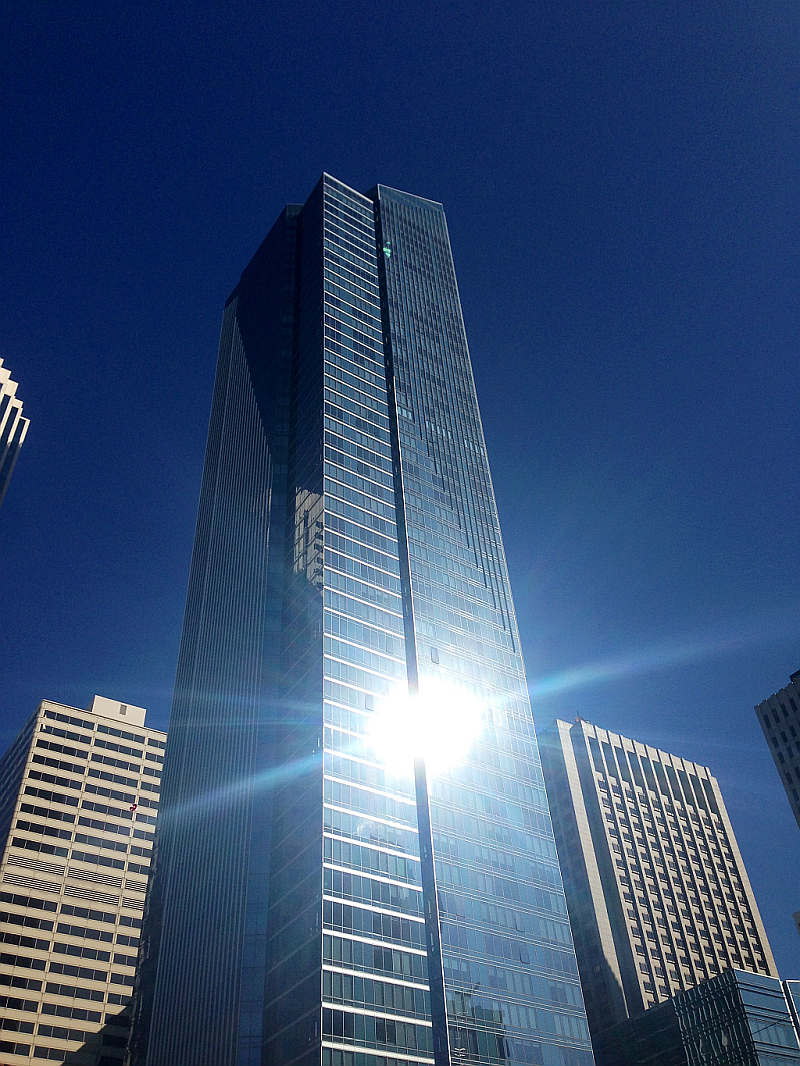
Thousands of buildings in Christchurch suffered this fate in 2011 and had to be torn down. The sinking and tilting occurring at the Millennium Tower also provides a parallel to the effects of liquefaction during an earthquake. Additionally, even though the Millennium Tower was awarded the Structural Engineering Project of the Year in California in 2008, and an award of merit in structural engineering in 2009, the situation illustrates the challenges associated with living and building on unstable ground. Because of these factors, it is not necessarily surprising that the building has sunk more than builders expected. However, anchor it to a fixed object, and it is likely that very little to no subsidence or tilting will occur. If you put a very heavy object on soil that is potentially saturated and isn’t consolidated, it will move due to a loss of shear strength. Combine this with the man-made fill surrounding the building and you have a potential problem. Additionally, the Millennium Tower is made of concrete, which is very heavy. Furthermore, highly liquefiable soil can become unstable if it experiences changes in loading, such as when a large building is erected.Īccording to reports in the San Francisco Chronicle, to cut costs, the Millennium Tower was anchored using a concrete slab and 80 foot piles into dense sand, rather than into bedrock 200 feet deep. This means the area could be saturated the majority of the time. Man-made fill is highly susceptible to liquefaction because it is unconsolidated, young, and in the case of San Francisco, was placed in areas that were once submerged bay floor. This category is often reserved for man-made fill, which is what the Millennium Tower rests on. The Millennium Tower (blue pin in the Temblor map above) is in an area of ‘Very High’ liquefaction susceptibility. Source for liquefaction data: Knudsen et al. One of the possible factors, in addition to normal settlement, which could have influenced the building’s subsidence, is the soil itself and the liquefaction susceptibility of the area. While this is alarming and exceeded expectations of builders, it is not necessarily unexpected, given the building’s location. New findings by an independent contractor discovered that since the building’s completion in 2009, it has sunk 16 inches and tilted two inches to the northwest. While most high-rise buildings in modern cities are symbols of prosperity, strength, and transformation, the Millennium Tower represents a headache. New satellite imagery reveals sinking Millennium Tower San Francisco’s Millennium Tower, an architectural gem, has tilted two inches and sunk over a foot since its construction in 2009.

Check if you are in a liquefaction zone in Temblor


 0 kommentar(er)
0 kommentar(er)
